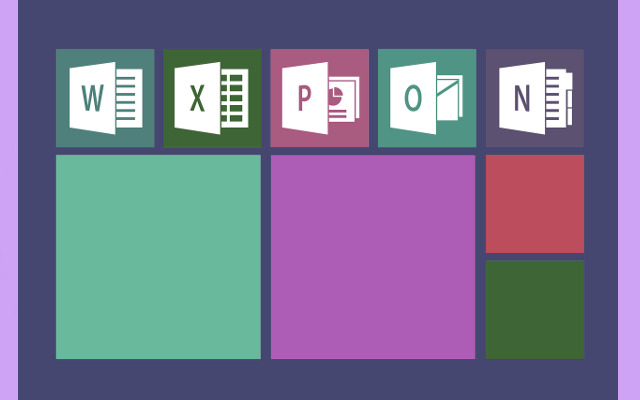Programmers and power users now engage with various operating systems in a very different way because to virtualization. Hyper-V, Microsoft’s built-in hypervisor, is a key part of this feature for Windows users. installing up an Android Virtual Machine (VM) to run Android Pie (9.0) is a really interesting case, even if it’s often used to run other versions of Windows or Linux. If you want a consistent Microsoft ecosystem experience with the Microsoft Launcher, Android Virtual Machine is specially important. With that, a new version of Android, Hyper-V and Microsoft’s own launcher will be tackle here how they work together to make cross-platform productivity easier.
Why Android on Hyper-V is a Good Idea
There are a number of benefits to running Android in a Hyper-V VM instead of using standard emulation methods. Prior Android emulators is less faster so, Hyper-V’s built-in hardware virtualization is preferable, as it allows developers to test their apps in a separate space safely. Also, this gives access to for normal users, to the whole Google Play ecosystem, involving apps that aren’t in the Windows Store. The Hyper-V is even more stable as Android-x86 project is always becoming better and improving its compatibility and driver support.

1. How to Set Up the Android Pie Environment
Android-x86 project with the version of Android Pie in the system built on an x86-compatible. Installing Android OS on a Generation 1 Hyper-V VM is usually the best option because it operates better with older hardware. Undertaking the following crucial setup steps is important to get the greatest efficiency you need:
Hyper-V and the Windows Hypervisor Platform (WHPX) must be switched on on the host machine to leverage native hardware acceleration, making the VM work lot better. A Legacy Network Adapter in Hyper-V configurations might be needed to enable to make certain thing that your Android VMs can connect to the internet without any problems. The default artificial adapter can cause problems, which is why this is the case.
2. Adding the Microsoft Launcher
Next step is to acquire the Microsoft Launcher from the Google Play Store after the Android Pie has been set up and installed. This is the start of the real benefit of cross-platform comes into play.
The Android may look and feel like Windows through Microsoft Launcher, something many people are used to. Integration with Microsoft services is its best advantage when it comes to productivity. Users can quickly get to their Outlook calendar, Sticky Notes, and Microsoft To Do list, from the launcher’s customizable Feed.
Final Remarks
Hyper-V, Android Pie, and the Microsoft Launcher work together to create a complex and very useful virtualization environment. It uses Windows’ built-in virtualization capabilities to run a contemporary, hardware-accelerated version of Android OS. Microsoft Launcher then turns this into an extension of the Windows ecosystem. This solution is great for developers who need a strong testing platform and for power users who want to combine their business and personal digital life across Windows and Android platforms with the best performance and least amount of disruption.
Get the latest Windows — faster, smarter, better!






